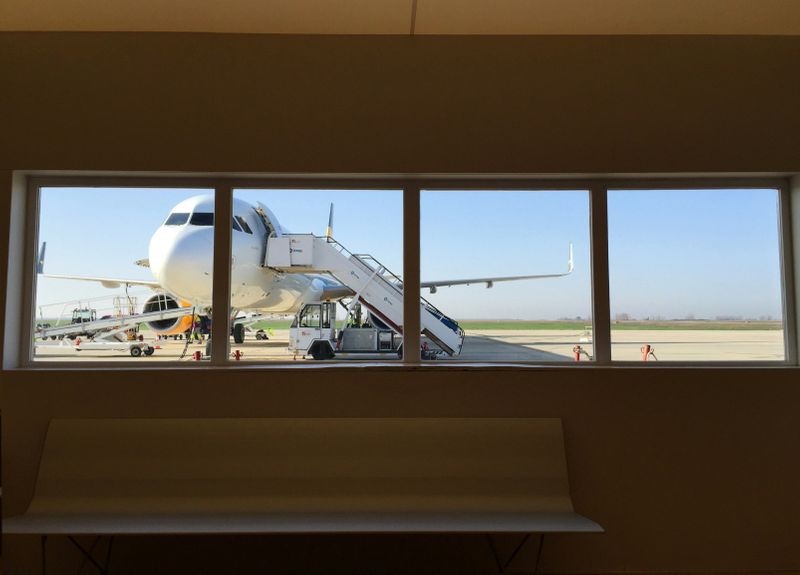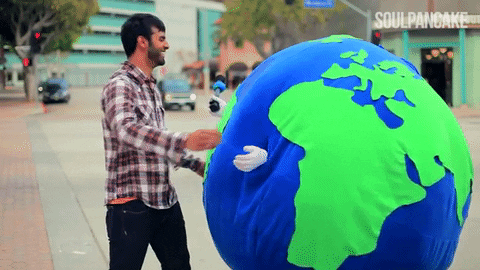Do you love to travel?
Have you ever wondered how flying in an airplane impacts the environment?
 Photo by Red Dot on Unsplash
Photo by Red Dot on UnsplashLet's take this opportunity to understand how air travel affects the environment and how it compares to other modes of transportation.
Throughout this lesson, think about how air travel may be impacting our planet!
Is Flying Bad For Our Planet?
 Consider these facts:
Consider these facts:
Flights consume a lot of energy and depend on fossil fuels, which release large amounts of carbon dioxide (CO2) and other greenhouse gases into the atmosphere.
Aircraft emissions are released high in the atmosphere and they trigger chemical reactions that heat the planet.
Air travel leads to global warming, pollution, and leaves a huge carbon footprint.
Emissions remain in the atmosphere and will warm it for several centuries.

Compare These Travel Facts
In 2019, flights worldwide produced 915 million tonnes of CO2
🚊14 g of CO2 per passenger per km for a train
🚙 55 g of CO2 per passenger per km for an average car
🚌 68 g of CO2 per passenger per km for a bus
✈️ 285 g of CO2 per passenger per km for a plane
Quiz
Which of the following is the most environmentally friendly mode of transportation?
4 Ways You Can Reduce Your Carbon Footprint When You Fly
Fly economy instead of business class to improve efficiency.
Take direct and non-stop flights.
Take daytime flights, as night flights are proven to have a greater warming effect .
Offset your carbon emissions to save carbon dioxide emissions elsewhere.
This can include gardening, re-using and recycling, and reducing your consumption of single-use plastic items.
Take Action
 If you want to help reduce the negative impact of air travel on the environment, you can follow these steps:
If you want to help reduce the negative impact of air travel on the environment, you can follow these steps:
Your feedback matters to us.
This Byte helped me better understand the topic.

